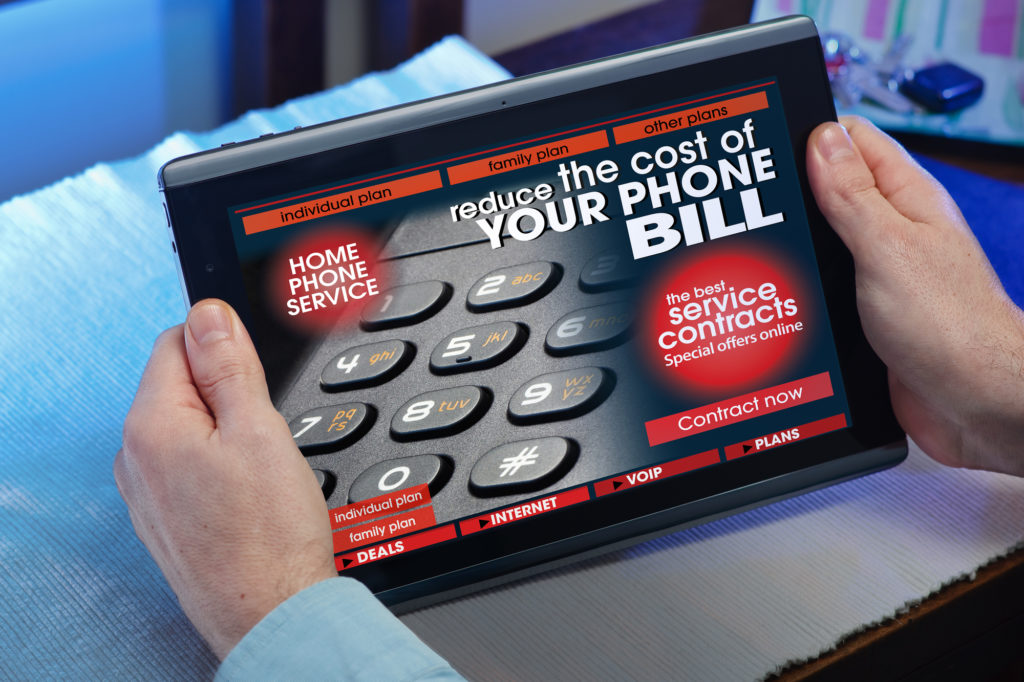(216) 785-2725
NETWORK CABLING BUSINESS PHONE SYSTEMS CLEVELAND

Considerations for Choosing:
- Speed Requirements: Assess the current and future speed requirements of your network to determine the appropriate category.
- Budget: Cat 5e is the most budget-friendly option, while Cat 6 and Cat 6A may involve higher costs.
- Distance: Cat 6A is often preferred for longer cable runs, ensuring reliable performance over extended distances.
- Interference: In environments where electromagnetic interference is a concern, Cat 6A’s enhanced shielding may be advantageous.
In summary, the choice between Cat 5e, Cat 6, and Cat 6A depends on the specific needs of your network. For basic applications, Cat 5e may suffice, but for higher performance and future-proofing, Cat 6 or Cat 6A would be more suitable, with Cat 6A offering superior performance in demanding scenarios.
Network Cabling, Install, Repair, & Maintenance, Service Cleveland
Elevate your business’s presence in Cleveland with the expertise of Cleveland Business Phone Systems in advanced network cabling and business phone systems. Our dedicated team recognizes the pivotal role robust network cabling plays in ensuring seamless communication for businesses. We offer comprehensive solutions, including expert installation of network cabling and cutting-edge business phone systems, meticulously tailored to your specific requirements. Whether establishing a new office or upgrading existing infrastructure, our services are designed to enhance connectivity, streamline communication, and provide your Cleveland business with a distinctive competitive advantage. Rely on us for reliable, efficient, and scalable solutions precisely aligned with the unique demands of your enterprise.
Cat 5e vs. Cat 6 vs. Cat 6A - which one do I need?
Choosing the right category of Ethernet cable is crucial for optimizing network performance. Cat 5e, Cat 6, and Cat 6A are three common types of Ethernet cables, each with distinct features and capabilities.
Cat 5e (Category 5e):
- Data Transfer Rate: Cat 5e supports data transfer rates up to 1,000 Mbps (1 Gbps) at a maximum bandwidth of 100 MHz.
- Use Case: Suitable for basic home networking, small offices, and environments with moderate data transfer requirements.
- Advantages: Cost-effective, widely available, and sufficient for many common applications.
Cat 6 (Category 6):
- Data Transfer Rate: Cat 6 supports data transfer rates up to 10,000 Mbps (10 Gbps) at a maximum bandwidth of 250 MHz.
- Use Case: Ideal for environments with higher data transfer demands, such as streaming, large file transfers, and some business applications.
- Advantages: Offers higher performance and reduced interference compared to Cat 5e, providing a good balance of cost and capability.
Cat 6A (Category 6A):
- Data Transfer Rate: Cat 6A supports data transfer rates up to 10,000 Mbps (10 Gbps) at a maximum bandwidth of 500 MHz.
- Use Case: Designed for high-performance networking environments, including data centers, enterprise networks, and applications requiring maximum speed and bandwidth.
- Advantages: Provides superior performance, especially in environments where interference and signal degradation are critical concerns. Supports 10 Gbps over longer distances compared to Cat 6.